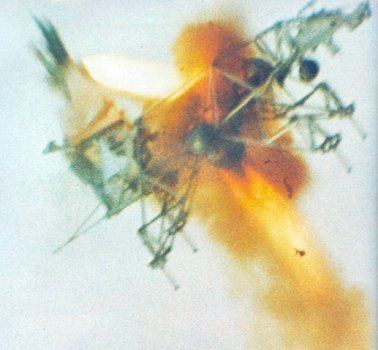Spaceflight-related accidents and incidents during assembly, testing, and preparation for flight of manned and unmanned spacecraft have occasionally resulted in injuries or the loss of craft since the earliest days of space programs.
(Text) CC BY-SA

